Two slices of whole-wheat toast with lots of butter. Two eggs, poached to a firm yet custardy texture. The yolks should absolutely not be hard-cooked and the whites should be tender, not rubbery. That's my idea of the perfect breakfast.
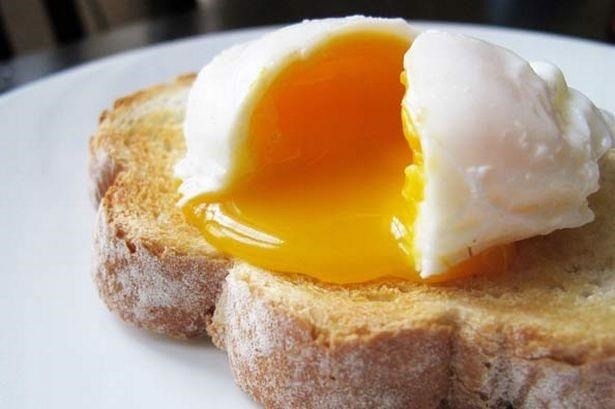
Of course, that's easier said than done. Beginner and experienced cooks alike can be tripped up by the elusive poached egg. The whites feather and balloon in the hot water. Yolks burst or overcook. It's enough to make you stick to hard-boiled or go straight to McDonald's.

Never fear, intrepid home chefs. There are easy ways to make your poached eggs turn out perfectly, once you know the tools and tricks of the trade. Unless otherwise noted, all tips here are courtesy of Cook's Illustrated or years of hard-won personal experience.
Step 1: Use a Wide, Shallow Pan & About Two to Three Inches of Water
In other words, don't let your eggs get crowded or bump into each other, which can cause the whites to feather and go loose. You want enough water, both breadth- and depth-wise, so they can move around, which the boiling water will encourage.
Step 2: Let the Water Come to a Gentle, Not a Furious Boil
The water should be bubbling merrily along, with small, even bubbles—but it shouldn't be a full, roaring boil and spitting up little flecks of burning hot water.
My trick? Once the water has reached a full, roaring boil, I turn the heat down to medium or medium-high, depending on your stove. That way you know the water's hot enough, but it will calm down after a minute or two.

Step 3: Add Salt & Vinegar
These two ingredients create an important chemical reaction in your eggs. Harold McGee, in his classic book On Food and Cooking, explains that egg whites are alkaline and react with the acidity in vinegar so that carbon dioxide bubbles along the surface of the egg.
If the water is very, very hot (i.e. close to boiling), the salt will increase the density of the poaching liquid just to the point where the egg will come up to the surface when it's done, aided by the carbon dioxide bubbles. Neat, huh?
Still, some people like to skip the vinegar because it can flavor the egg. I say if you don't add too much—I use about a teaspoon per egg—any flavor that's left is negligible. Just make sure you're not using enough to turn your eggs into bouncy balls.
Step 4: Use Fresh Eggs
Unlike their hard-boiled brethren, eggs poach better when they're fresh. Basically, as eggs age, egg whites get looser and more watery, which is one reason why they feather in the boiling water.
Fortunately, we've got a great guide to help you figure out if your eggs are still fresh, whether it's checking the Julian date or using the float test.

Step 5: Gently Slide Your Eggs into the Boiling Water
That means depositing each egg in a shallow bowl or small cup with a handle before you get ready to put them in the water. Once your water is ready, hold the bowl close to the surface of the water or even slightly below and gently slide those babies in.

With these methods, I've generally found poached egg success. I don't even stir the water as some recipes recommend, preferring instead to let them cook for the full three and a half minutes I consider to be maximum egg poaching time.
If you're an absolute stickler for results, you can help your poached egg develop a perfect round/oval shape by depositing them inside a Mason jar ring, a clean, empty tuna can, or an egg ring (which are also all good for Egg McMuffins). Even silicone muffin cups will work. Me, personally, I like a little imperfection. Gives my meal that human touch.
However, beyond the tips above, there are other ways and means that folks say make poaching eggs absolutely foolproof.
Variant #1 - Microwaves Make Great Poached Eggs
Yes, it's true: you can nuke your eggs to the perfect state of poached-ness once you know a few microwave rules. According to Bon Appétit, restaurants use this method all the time.
Fill a one-cup microwavable bowl or cup with ½ cup of water. Delicately crack an egg into the water, making sure it's totally covered. Cover with a microwave-ready dish or saucer and cook on high for one minute. The white should be firm, but the yolk should still jiggle to indicate it's runny. Remove with a slotted spoon and enjoy.
Don't worry about the egg exploding in the microwave; the water will prevent that, while the presence of the egg will prevent the water from superheating.
Variant #2 - Use a Strainer
This one makes me blanch, just because it involves putting your egg through a fine-mesh strainer so that most of the loose egg white is sieved out. Then you lower the strainer into the water and roll the egg out into the water to let it cook, swirling the poaching liquid with a slotted spoon.
I tried this a couple of times and got good results, but I hate wasting food, so this isn't my go-to method (although if you do poach a large quantity eggs with this method, you'll have enough whites to make meringues, but I rarely cook that many at one go).
However, the advantage of this method is that you can skip the vinegar and messing up a couple of extra cups.
Variant #3 - Use Oiled-Up Plastic Wrap
Or as the Brits like to call it, "cling film." You'll want a coffee mug or a shallow bowl and a large enough square of plastic wrap so that a little extra hangs over the edges. Oil it up with cooking spray (you can even make your own) and place your egg in the middle of the plastic wrap.

Then gather up the corners and use a twist tie or twine to close the square so the egg is now inside a little protective sac. Drop it into the boiling water and cook as you normally would.
I personally would use a single chopstick to lift the plastic bag out of the hot water and cut it open. You could also use that mug to scoop it out, too.

Technically, this egg is coddled, not poached, since it's being gently steamed inside a container. However, it looks and tastes damn near like a poached egg, and that's good enough for me.
Variant #4 - Mini Mason Jars
This next method is also more of a coddled egg than a poached one, but again, the effect is nearly the same. This comes to us courtesy of Tracy Cooks.
Use butter, oil, or cooking spray on the inside of a glass mini Mason jar. You need one jar per egg. If you're not going to cook them right away, refrigerate the jars. Just make sure to take the containers out and bring them to room temperature before you start cooking—cold glass in hot water equals shattered glass and much swearing.


Next, place the Mason jars in a wide pan and pour in enough water so that it comes about three-quarters of the way up the glass. Bring to a boil before placing the jars in the pan.
You can take the lids off the jar if you're afraid of explosions and put in a piece of cloth or paper towel on the bottom of the pan to muffle the noise of the glass rattling against the metal.

Terry recommends cooking the eggs for eight minutes—less for a runnier egg, of course. Once they're done, remove the jars from the water, run a knife around its edges, and upend the jar over your toast or English muffin.
What's your favorite trick for poached eggs?
Just updated your iPhone? You'll find new emoji, enhanced security, podcast transcripts, Apple Cash virtual numbers, and other useful features. There are even new additions hidden within Safari. Find out what's new and changed on your iPhone with the iOS 17.4 update.
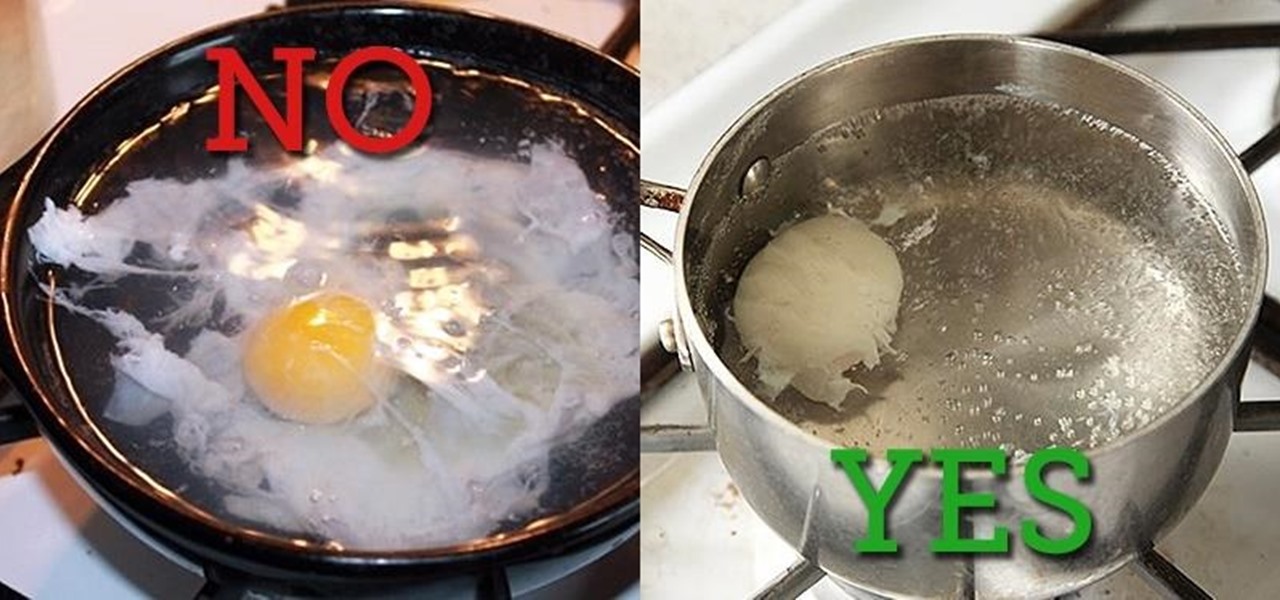






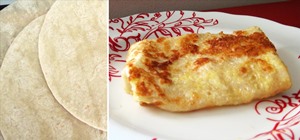
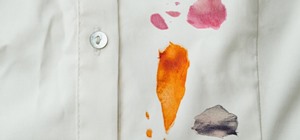
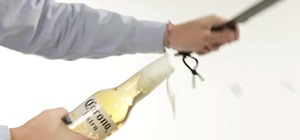
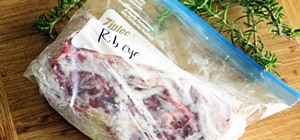
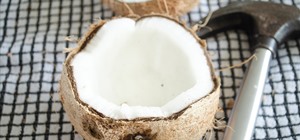
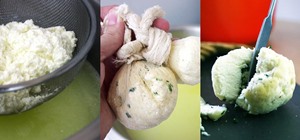
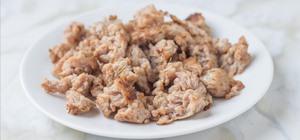


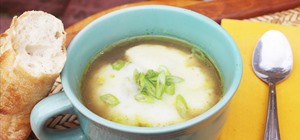
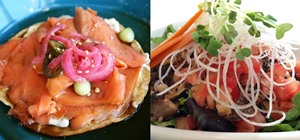





2 Comments
Seems obvious now I've looked it up, that the julian date just represents any day of the year - Jan 1st = 001 etc...but apparently I didn't get that and had to look it up, so I figured I'd put it here!
I tried my hand at poaching eggs yesterday. I used all of these techniques, except I think my eggs were older than they should have been. It was not a success. :( I'm getting new eggs today and am going to try again.
Share Your Thoughts